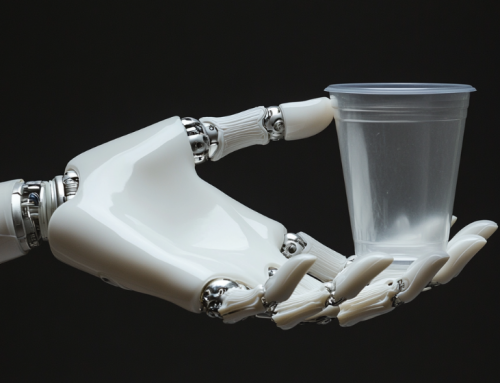
A research team from Canada has developed a Pattern Discovery and Disentanglement model to oversee machine learning related to medicine. (Source: University of Waterloo, Ontario)
Discovery Revolutionizes Pattern Recognition
The University of Waterloo hasn’t been well known for its AI research, but a recent medical-related breakthrough outlined on sciencedaily.com captured our attention.
The breakthrough is called Pattern Discovery and Disentanglement (PDD). A team headed by Dr. Andrew Wang developed the new XAI model to recognize patterns that a machine learning algorithm sees during training, particularly as it applies to the medical field.
ML Patterns
Traditional machine learning models often yield biased results, favoring groups with large populations or being influenced by unknown factors, and take extensive effort to identify instances containing patterns and sub-patterns coming from different classes or primary sources.
Biased machine learning results can have dire consequences in the medical field, which relies on datasets containing thousands of medical records and complex computer algorithms to make critical decisions about patient care. Machine learning sorts the data, saving time, but patients with rare symptomatic patterns may go undetected. Also, patients who have been mislabeled, or who have symptoms that aren’t typical, could be misdiagnosed.
“With PDD, we aim to bridge the gap between AI technology and human understanding to help enable trustworthy decision-making and unlock deeper knowledge from complex data sources,” said Dr. Peiyuan Zhou, the lead researcher on Wong’s team.
By gaining the trust of the general public, which will be exposed to a lot of new and powerful AI, researchers think the algorithms will be put to much better use.
Better Care Through Patterns
The PDD model has revolutionized pattern discovery. Various case studies have showcased how PDD has demonstrated an ability to predict patients’ medical results based on their clinical records. The PDD system can also discover new and rare patterns in datasets. This allows researchers and practitioners alike to detect mislabels or anomalies through machine learning.
The result shows that healthcare professionals can make more reliable diagnoses supported by statistics and explainable patterns for better treatment recommendations for various diseases at different stages. It’s a new tool that AI is bringing to the table to assist in medical outcomes.
read more at sciencedaily.com







Leave A Comment